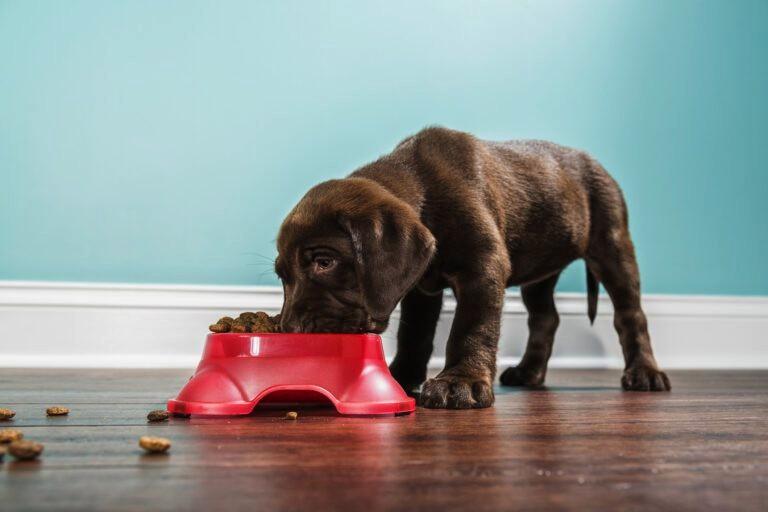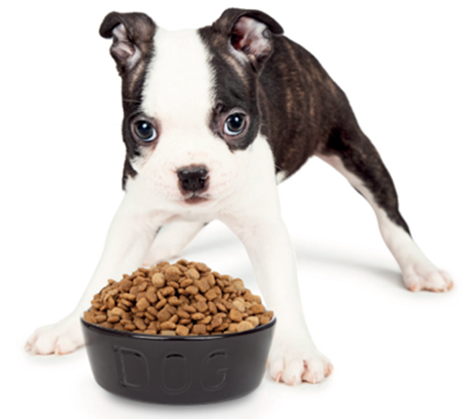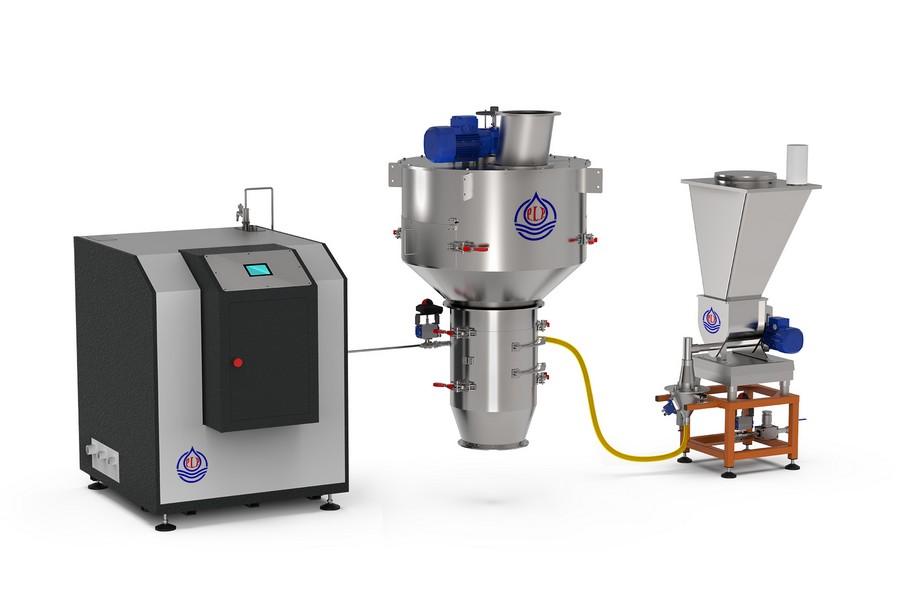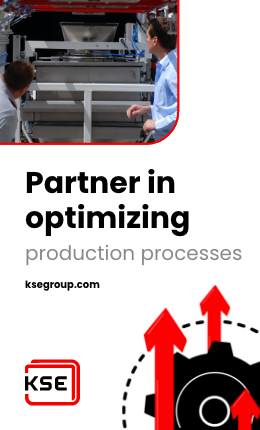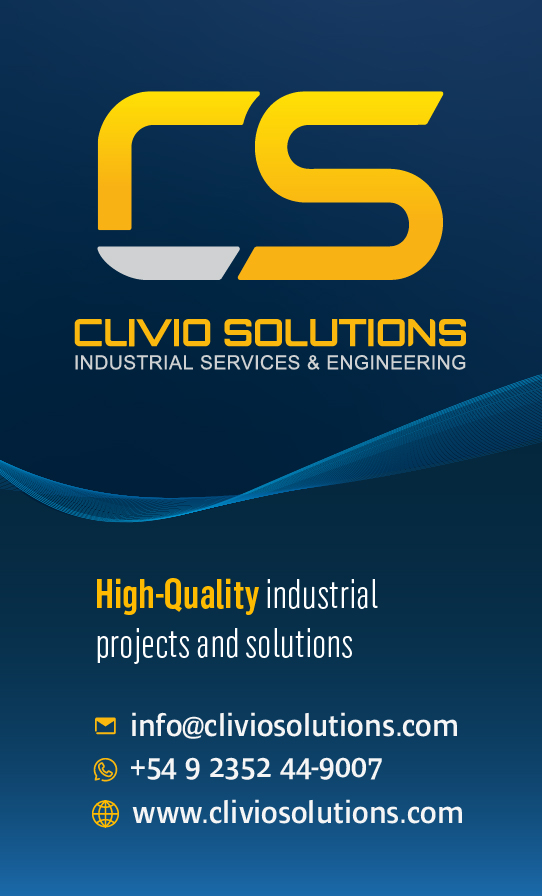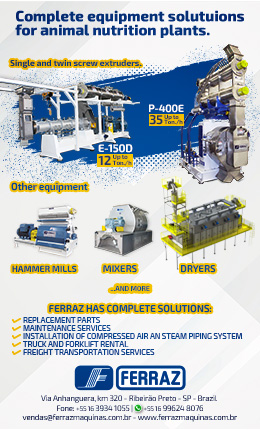Being able to reliably, affordably and easily feed our pets has been an important part of our ongoing relationships with our pets. In the modern industrial era, several types of pet food manufacturing equipment have played a key role in widely distributing pet food. Let's take a closer look at the essential pet food manufacturing equipment supporting the pet food industry today.
5 Essential Pet Food Manufacturing Equipment Types
Today, there are many different types of pet food. This includes a wide range of pet types, from fish to birds to rodents to cats and dogs and many more, as well as many different types of food, including wet food, dry food, canned food, fresh food, and more. Different types of pet food utilize many different ingredients, processes and pet food manufacturing equipment. In this blog post we'll take a look at a few of the most essential processes.
A startling 25% of Americans added a pet to their home in 2020. This was an especially difficult year, indicating that many of us rely on our pets for companionship and comfort. During this time, US pet food sales rose 10%, with e-commerce sales rising sharply. Increasingly, pet owners are seeing their pets as family members, which can have numerous benefits, mostly linked to reduced stress and loneliness.
{{editor}}
With bonds between people and pets growing stronger, an increasing number of pet owners are looking for high-quality and speciality pet foods, including wet food and refrigerated food. However, dry pet food like kibble still remains the dominant type, accounting for 57% of pet food sales. Since cats and dogs are still by far the most popular type of pet, we'll mainly discuss the essential pet food manufacturing equipment for dry dog and cat food.
Mixers
Industrial mixing is one of the most important types of food processing equipment, including pet food. Large-scale mixers make it possible to mix ingredients quickly, efficiently, and uniformly, processing 5, 10, even 15 tons of material at one time. These mixers are also capable of working with a wide range of materials, including very fine powders to thick liquids and tough solids.
For pet food processing, mixers can be important at several points, from mixing cornmeal and other grains to oils and fats, meat-based products, and more. Without large-scale pet food mixers, it would be difficult to process the amount of food we would need to reliably and affordably feed our pets.
Extruders
Extruders push mixed material, usually a dough or a paste, through a metal die to create uniform pieces. Extruders are important pet food processing equipment because they make it easy to create food that is easy to package, ship, and store. Extruders also create nutritionally uniform pellets, removing the guesswork in balancing protein, fats, carbohydrates, vitamins and minerals. In addition, these pellets are easy to work with, so they can be easily coated with flavorings and fats.
Spray Coating
Adding fats and flavorings to kibble is important for making the food palatable for pets, but it's also important to ensure that the pets get the right amount of fats, vitamins and minerals in their diet. Spray coating makes it easy to add liquid coatings to pellets. This process is both fast and efficient, so the pellets can move through the process quickly and get to packaging and then on to the customer and their pet.
Mist Coating
Mist coating takes liquid coating one step further, making it even easier and faster to apply liquid coatings to pellets. Mist coating equipment uses an atomizing system which turns liquid coatings into a fine mist, which evenly coats the material as it falls through the coating chamber. When comparing liquid coating systems, mist coating is one of the most efficient methods, since it provides more even coating, reduces waste, requires less clean-up, and tends to be gentler on the pellets, decreasing breakage and loss.
Track and Tracing
Track and tracing systems, which can include a wide range of equipment, are essential to all modern-day food systems, and pet food is no exception. By tracking materials and finished products through each process, and then on to retailers and customers, it's possible to detect where contamination exists, and stop contaminated products before they do more damage.
Though other processes are designed to kill bacteria and tests are designed to detect dangerous chemicals, no process is 100% effective. When bacteria or other dangers make their way into pet food, track and trace systems can show where the contamination came from, and pull the contaminated goods from the shelf as quickly as possible.
by APEC
Source: All Pet Food
You could be interested: The importance of pet food coating: A technical overview










